Landscape timbers for playground edging
michiganguy
9 years ago
Featured Answer
Sort by:Oldest
Comments (17)
Yardvaark
9 years agomichiganguy
9 years agoRelated Professionals
Chattanooga Landscape Contractors · Fort Mill Landscape Contractors · Haverhill Landscape Contractors · Leicester Landscape Contractors · Melrose Landscape Contractors · Plainview Landscape Contractors · Saint George Landscape Contractors · Tavares Landscape Contractors · Maplewood Landscape Contractors · Benton Decks, Patios & Outdoor Enclosures · Fairfax Decks, Patios & Outdoor Enclosures · Green Bay Decks, Patios & Outdoor Enclosures · Little Rock Decks, Patios & Outdoor Enclosures · Littleton Decks, Patios & Outdoor Enclosures · Owings Mills Decks, Patios & Outdoor Enclosuresmichiganguy
9 years agoYardvaark
9 years agojohn_hammer
9 years agomichiganguy
9 years agoYardvaark
9 years agoNHBabs z4b-5a NH
9 years agomichiganguy
9 years agoYardvaark
9 years agomichiganguy
9 years agoYardvaark
9 years agomichiganguy
9 years agoYardvaark
9 years agomarcinde
9 years agoJohn
9 years ago
Related Stories
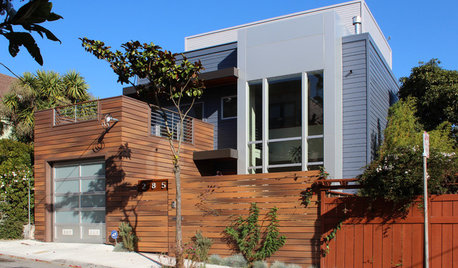
MATERIALSShould You Use Composite Timber in Your Landscape?
This low-maintenance alternative to wood is made from varying amounts of recycled plastic. Consider it for decks, fences and more
Full Story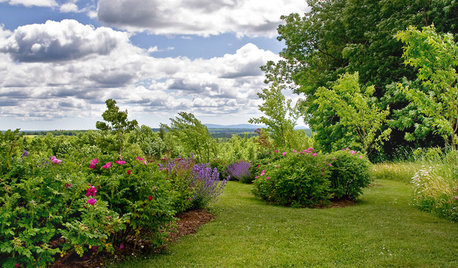
LANDSCAPE DESIGNYour Mini Guide to Great Garden Edges
Get the scoop on trenches to the skinny on bender board, to help keep your garden beds as tidy as you like
Full Story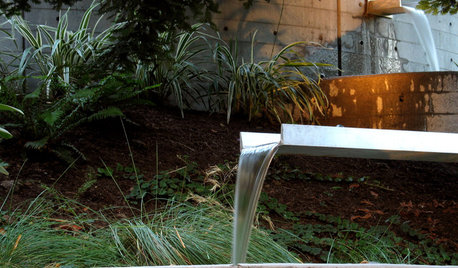
LANDSCAPE DESIGNGive Your Garden an Industrial Edge
Create intriguing contrast by borrowing from the factory to dress up your organic setting
Full Story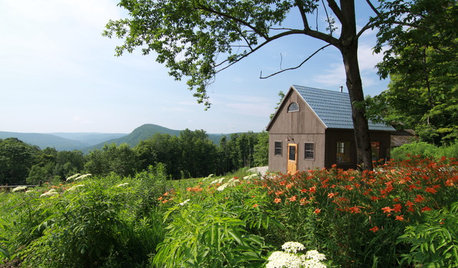
CABINSRoom of the Day: Timber-Frame Cabin Inspires Couple’s Creative Pursuits
This work studio, built in a simple vernacular architectural style, sits near a couple's rural home in the Berkshire mountains
Full Story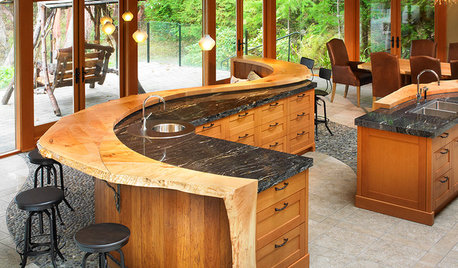
KITCHEN DESIGNKitchen of the Week: Wood-Loving Luxuriousness in Vancouver
Live edges and organic shapes feature prominently in this spacious, highly customized Canadian kitchen
Full Story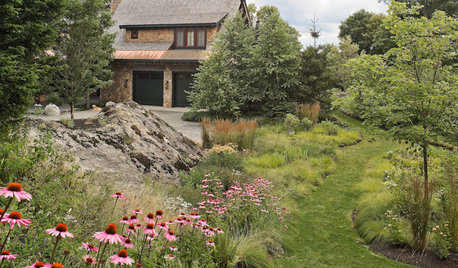
GARDENING GUIDES13 Risks to Take for True Garden Rewards
Go ahead, be a rebel. Breaking rules in the garden can lead to more happiness, creativity and connection with the earth
Full Story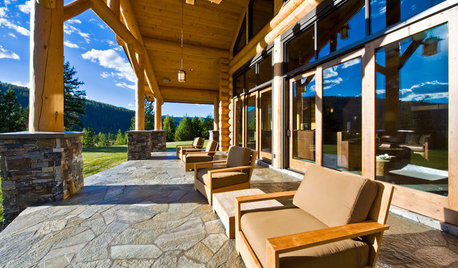
HOUZZ TOURSHouzz Tour: A Luxurious Log Home in the Canadian Mountains
Live-edge wood and other details reflect nature's gifts in a spacious family getaway nestled in the Canada's Okanagan Valley
Full Story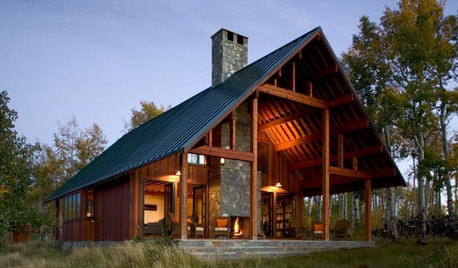
Mountain Homes: Big Design for Majestic Places
Big-timbered forest and lake homes celebrate the materials and sheer scale of place
Full Story
LANDSCAPE DESIGNIs It Time to Consider Fake Grass?
With more realistic-looking options than ever, synthetic turf can be a boon. Find the benefits and an installation how-to here
Full Story
MOST POPULARWhat to Know About Adding a Deck
Want to increase your living space outside? Learn the requirements, costs and other considerations for building a deck
Full StoryMore Discussions






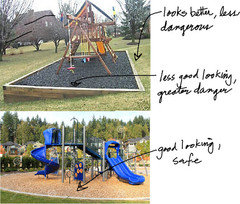
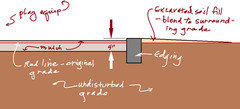
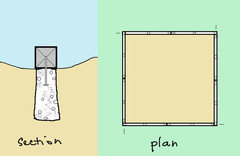


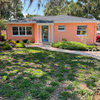
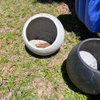
Yardvaark